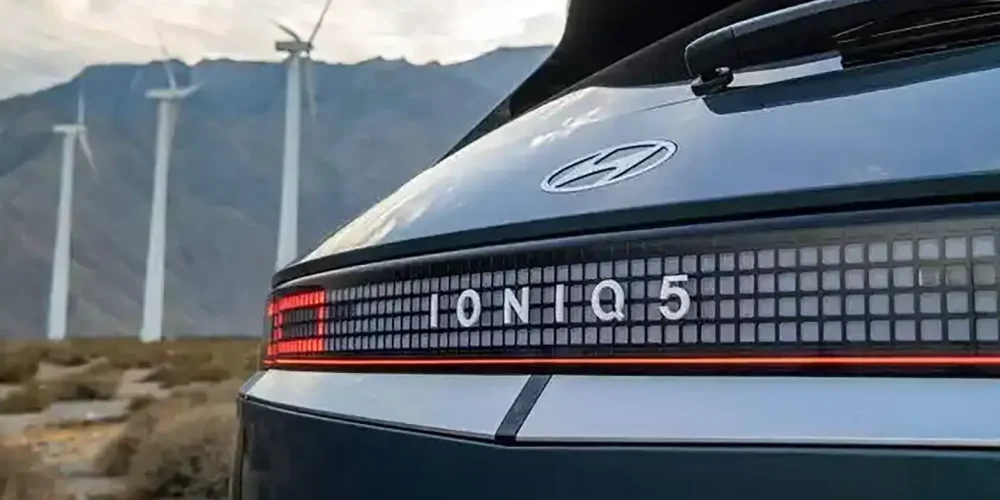
2025 Hyundai Ioniq 5 Charging: Best Methods, Costs, and Charging Time Explained
The 2025 Hyundai Ioniq 5 and its high-performance variant, the Ioniq 5 N, bring significant updates to Hyundai’s popular electric crossover. One of the biggest changes is the adoption of the Tesla NACS charging port, allowing direct access to Tesla Superchargers without an adapter. This means Hyundai Ioniq 5 owners now have more charging options than ever before.
In this guide, we’ll cover how to charge Hyundai Ioniq 5, including charging speeds, costs, home charging recommendations, and Tesla Supercharger compatibility.
Hyundai Ioniq 5 Charging Specifications

The 2025 Hyundai Ioniq 5 is available with multiple battery configurations, providing different range estimates and charging capabilities:
- Battery Capacity: Available in Standard-Range and Long-Range versions
- Maximum AC Charging Power: 10.9 kW (for Level 2 charging)
- Maximum DC Fast Charging Power: 350 kW (for ultra-fast charging at compatible stations)
- Charging Port: Tesla NACS (replacing CCS1 in previous models)
Hyundai Ioniq 5 Charging Time by Charger Type
Level 1 Charging (120V Home Outlet)
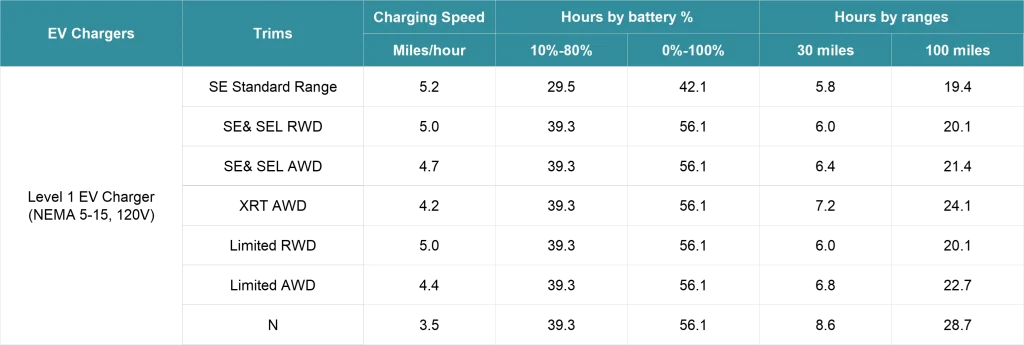
Using a standard 120V outlet, Level 1 charging is the slowest method but can be used for emergency charging.
- Charging Speed: 3-5 miles of range per hour
- Charge Time (10%-80%): Over 30 hours
- Charge Time (0%-100%): Exceeds 40 hours
Level 2 Charging (240V Home & Public Chargers)
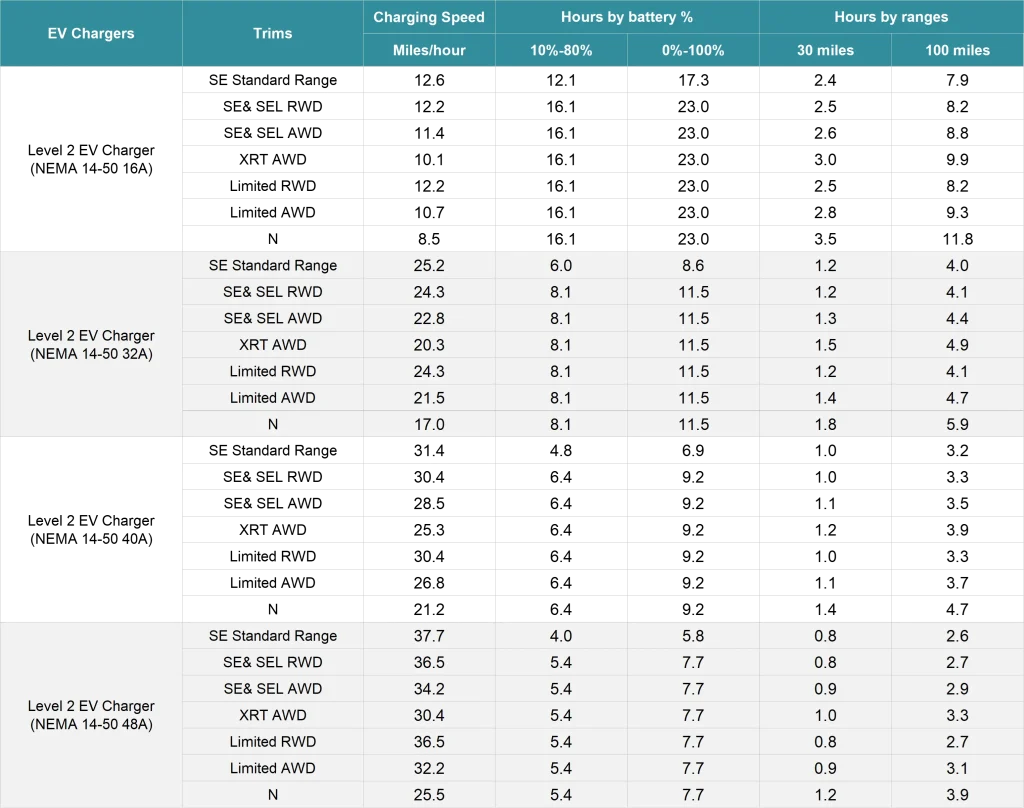
Level 2 charging is the best solution for home charging, offering much faster charge times.
- Charging Speed: 25-37 miles of range per hour (depending on amperage)
- Charge Time (10%-80%): 4-8 hours
- Charge Time (0%-100%): 6-10 hours
- Recommended Charger: 40A-48A home charger for optimal performance
DC Fast Charging (350 kW Public Chargers)
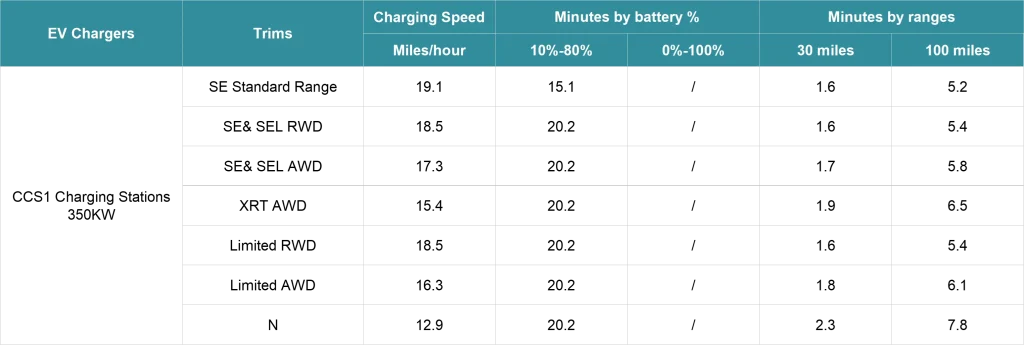
Public DC fast chargers offer the fastest way to charge the Hyundai Ioniq 5, making long-distance travel more convenient.
- Charging Speed: Adds 190-250 miles of range in 15 minutes
- Charge Time (10%-80%): ~18 minutes under ideal conditions
- Charging Limitations: Charging speed may slow after reaching 80% to protect battery health
Choosing the Best Home Charger for Hyundai Ioniq 5 Charging
To ensure efficient home charging, consider the following factors:
- Power Output: The Ioniq 5 supports up to 10.9 kW AC charging, so a 40A-48A Level 2 charger is the best choice for fast home charging.
- Installation Costs: A 40A charger is a good balance between cost and performance, while 48A chargers provide the fastest charging speeds but may require electrical panel upgrades.
- Hardwired vs. Plug-In Chargers: Hardwired chargers provide greater stability and are preferred for permanent home installations.
- Smart Charging Features: Some Level 2 chargers offer Wi-Fi connectivity, allowing you to schedule charging times and monitor energy consumption.
Hyundai Ioniq 5 Charging Costs
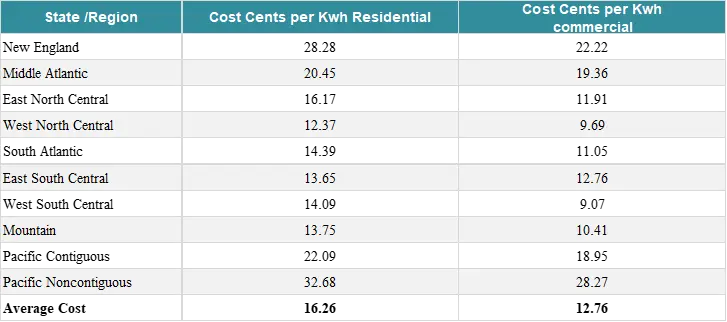
Home Charging Costs
Charging at home is the most cost-effective option. Based on an average electricity rate of $0.162 per kWh:

- SE Standard Range: $5.10 per 100 miles, $11.09 for a full charge
- SE & SEL AWD: $5.63 per 100 miles, $14.78 for a full charge
- Limited RWD: $5.28 per 100 miles, $14.78 for a full charge
- Ioniq 5 N: $7.57 per 100 miles, $14.78 for a full charge
Public DC Fast Charging Costs
Public fast charging is more expensive than home charging but offers significant time savings. Based on an average DC fast charging rate of $0.35 per kWh:

- SE Standard Range: $10.15 per 100 miles, $22.05 for a full charge
- SE & SEL AWD: $11.20 per 100 miles, $29.40 for a full charge
- Limited RWD: $10.50 per 100 miles, $29.40 for a full charge
- Ioniq 5 N: $15.05 per 100 miles, $29.40 for a full charge
Can the Hyundai Ioniq 5 Use Tesla Superchargers?
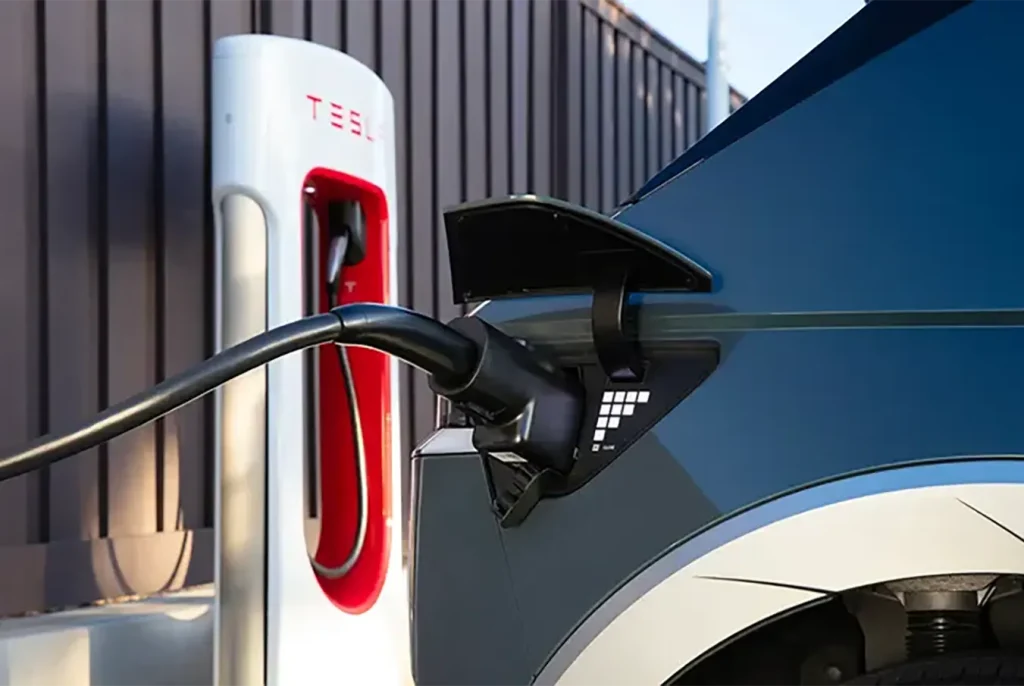
Yes! The 2025 Hyundai Ioniq 5 and Ioniq 5 N come equipped with a Tesla NACS charging port, meaning they can directly charge at Tesla Superchargers without an adapter.
How to Charge Hyundai Ioniq 5 at Tesla Superchargers
- No adapter needed: Directly plug into any Tesla Supercharger.
- Over 17,000 Superchargers available across North America.
- Electrify America & CCS1 Chargers: If using non-Tesla chargers, a CCS to NACS adapter may be required.
Conclusion
The 2025 Hyundai Ioniq 5 offers excellent charging flexibility, making it one of the most convenient EVs for both daily driving and long-distance travel. With a Tesla NACS charging port, it has instant access to Tesla Superchargers, eliminating the need for adapters. While Level 1 charging is slow, Level 2 home charging provides the best balance of speed and cost-effectiveness, and 350 kW DC fast charging ensures quick recharges during long trips. Choosing the right home charging setup will further optimize the Hyundai Ioniq 5 charging experience.
